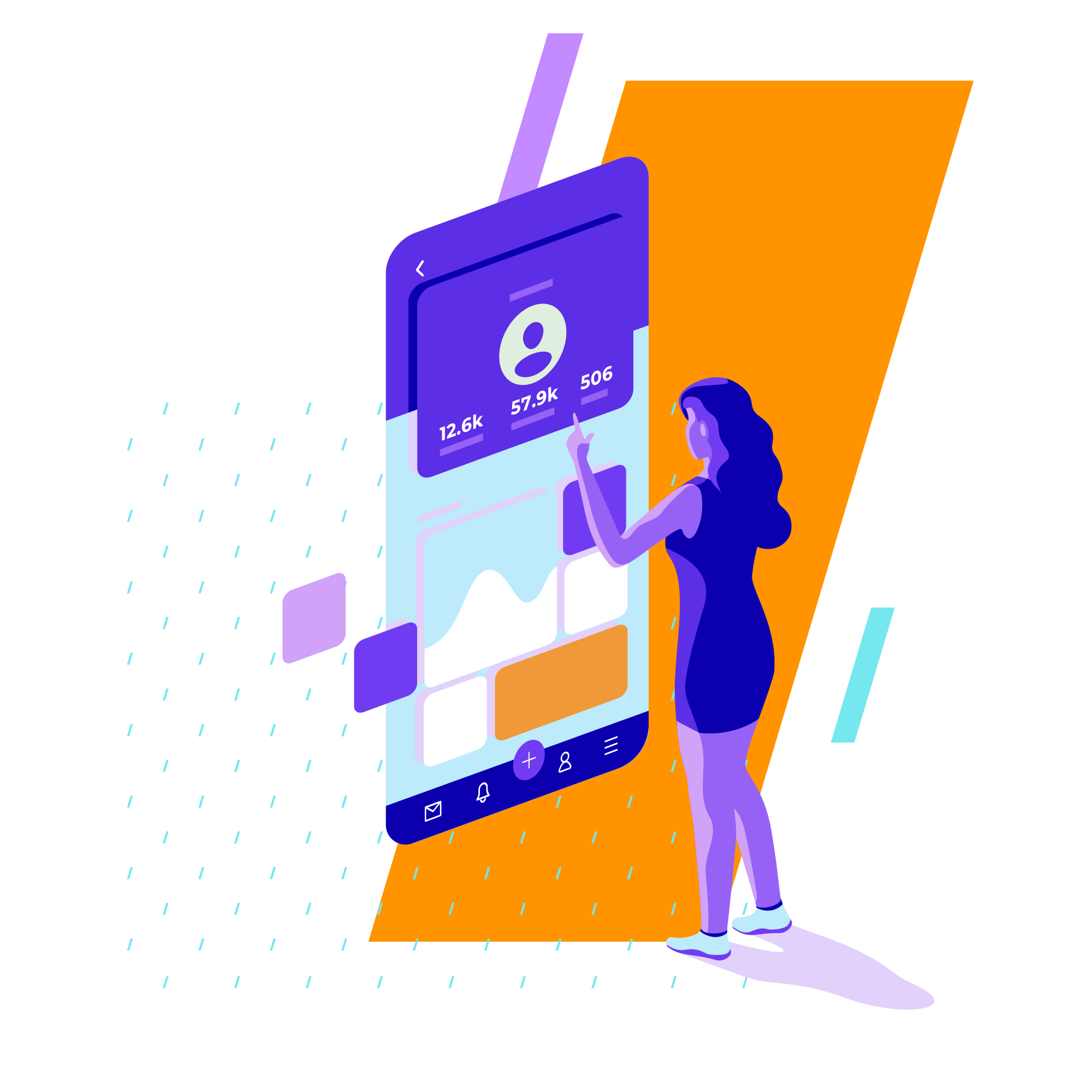Allyant HUB Accessibility Platform
A centralized, integrated digital accessibility management platform to maintain the accessibility of a single site or to govern a full portfolio.

One Platform. Countless Benefits.
High-level Audit Results
Review clear, actionable reports that identify the number of accessibility issues prioritized based on their severity, with a high-level health score.
Issue Detail
View details about each individual issue in our interactive dashboard, with screenshots showing the location, and code-level guidance to make corrections.
Automated Scanning
Schedule automated or on-demand scans to continuously monitor the compliance of your digital experience and your embedded PDFs.
Testing Tools
Use our Chrome Extension to identify page-level accessibility issues in real time on both pre- and post-production environments.
Developer Integrations
Test code while developers build with our CI/CD tools, and weave accessibility work into your familiar workflows with our two-way Jira integration.
Knowledge Base
Access our integrated Knowledge Base, articles built on decades of accessibility expertise, to better understand accessibility issues and their solutions.
Help Desk
Engage directly with our senior accessibility engineers for help with the more complex issues your team is stuck solving
Legal Risk
Reduce your risk of a digital accessibility lawsuit with a record of reporting showing improvements over time. Plus, you get the Allyant Badge to publicly showcase your commitment to accessibility.

Frequently Asked Questions
Digital accessibility management is the process of ensuring websites, apps, software, documents, and other digital products are accessible for people with disabilities. Managing accessibility involves implementing standards, like the Web Content Accessibility Guidelines (WCAG), to create experiences that are usable for everyone. Effective digital accessibility management includes automated and manual testing, monitoring, integrating accessibility into design and development workflows, and employee training.
An effective digital accessibility management platform provides tools and resources to help organizations identify, track, and resolve accessibility issues that may be present in their digital content. A platform should include automated scanning tools, manual testing support, and detailed reporting to identify accessibility gaps—including the severity of issues discovered so that organizations can prioritize their backlog. The best platforms will also identify embedded PDFs and scan each for accessibility.
Digital accessibility management platforms also offer a way in which to receive guidance about accessibility best practices—whether access to a knowledge base or live support. And, accessibility platforms enable organizations to effectively track their overall accessibility and compliance by aggregating together the accessibility “health” an entire portfolio of different experiences.
To better understand the capabilities of the Allyant Platform, request a demo today.
A digital accessibility management platform helps with legal compliance by providing tools and resources that test digital content against established accessibility standards such as WCAG, EN 301 549, PDF / UA, and others. Meeting these standards supports compliance with laws like the ADA, Section 508 of the Rehabilitation Act of 1973, the EAA, AODA, and others.
